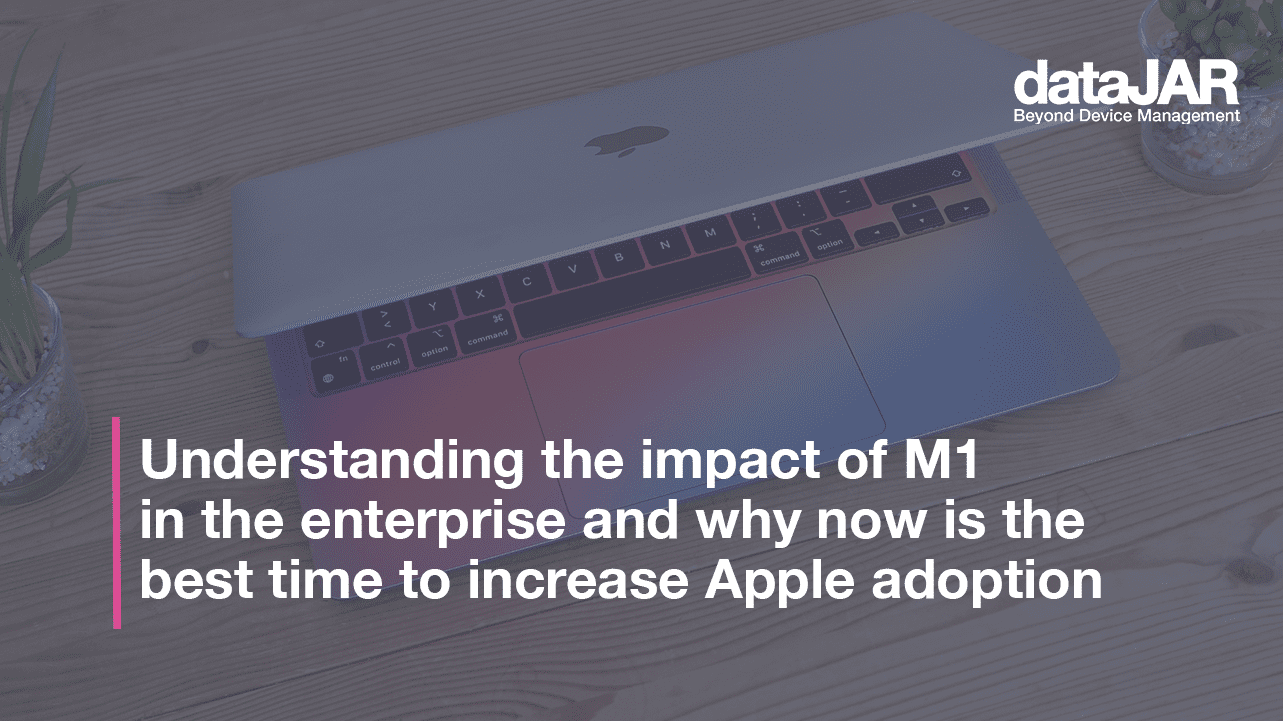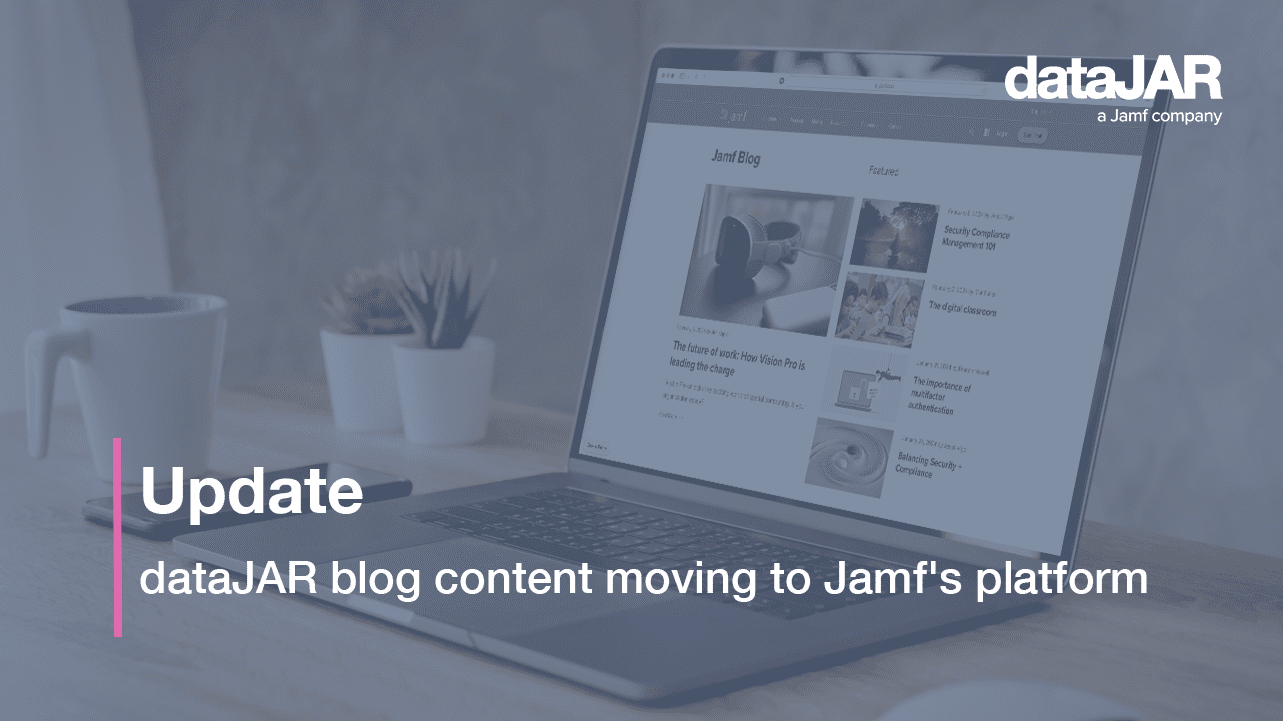Understanding the impact of M1 in the enterprise and why now is the best time to increase Apple adoption

Apple’s progress on its own silicon via the M1 Pro and M1 Max is great news for enterprises adopting the architecture and reaping the benefits.
A Total Economic Impact (TEI) study conducted by Forrester, commissioned by Apple in 2019, had already examined the potential return on investment on the table for enterprises through the deployment of Macs. In 2021, the study was updated to take into account the impact of Apple’s own M1 chip.
In a nutshell, by following the M1 path a great misconception concerning Apple hardware is swept away. That is, purchasing a PC with comparable performance to an M1-based Mac is likely to cost at least as much, or more, than the Apple device. The arrival of the M1 Max and Pro at the end of last year, able to be configured with up to 64GB or 32GB of memory respectively while running at up to four or two times the speed of the original M1, means there is a Mac for every employee’s needs.
The Forrester report noted: “In addition to the benefits outlined in the 2019 study, organisations using M1 Macs were able to further reduce IT management costs, accelerate the adoption/deployment of Mac devices and improve employee productivity for all employees who leverage Mac.”
The zero-touch deployment process and mobile device management familiar to Apple administrators remains as simple on M1 hardware as it always has been, with inbuilt security features (such as automatic data encryption) keeping things enviably secure and free from malware. Indeed, last month Jamf reported its platform had been involved in the deployment of approximately one million M1-powered Macs.
A look at 2022’s Gartner shipment figures showed Apple’s share of the market increasing, even as that of some rivals traditionally associated with the enterprise declined. Gartner also showed Apple as being the only vendor to have actually increased its shipments in the US as 2021 drew to close, while others fell back.
And that is without considering the effect of other Apple hardware powered by the M1. Users can run iPhone and iPad apps directly on the Mac, further simplifying administration, cutting the need for custom development work and reducing the number of devices an employee requires to do their job.
Forrester’s report found the average device cost per Mac actually fell between 2019 and 2021, from $1,700 to $1,500, thanks to the M1 enabling the deployment of computers with Apple silicon to more employees. More power at a lower price is, after all, difficult to ignore.
And there is more. From an administration perspective, MacOS continues to update and evolve on Apple silicon. With Monterey 12.1, Mac computers with Apple silicon connected to Ethernet can now activate automatically when ‘Erase All Content and Settings’ is performed by MDM. This followed the introduction of the ability for MDM to perform ‘Erase All Content and Settings’ on Mac computers running on an M1 or equipped with T2 Security Chip.
The T2 security chip is, after all, no longer present as a separate entity on M1-based computers. The Secure Enclave was moved into the M1, further bolstering Apple’s already enviable security stance; shunting such functionality onto the CPU die is gaining traction elsewhere in the industry, even as the M1 range gains additions in the form of the Pro and Max.
With continuing enhancements around MDM and the performance benefits of Apple’s M1 family, as well as the simplified toolset inherent in the Apple ecosystem, Forrester’s report is looking a tad conservative these days. An administrator taking care of 500 Mac devices in the enterprise (compared to 200 for the PC equivalent)? Use the right deployment and management tools, and the Mac admin could probably look after even more.




